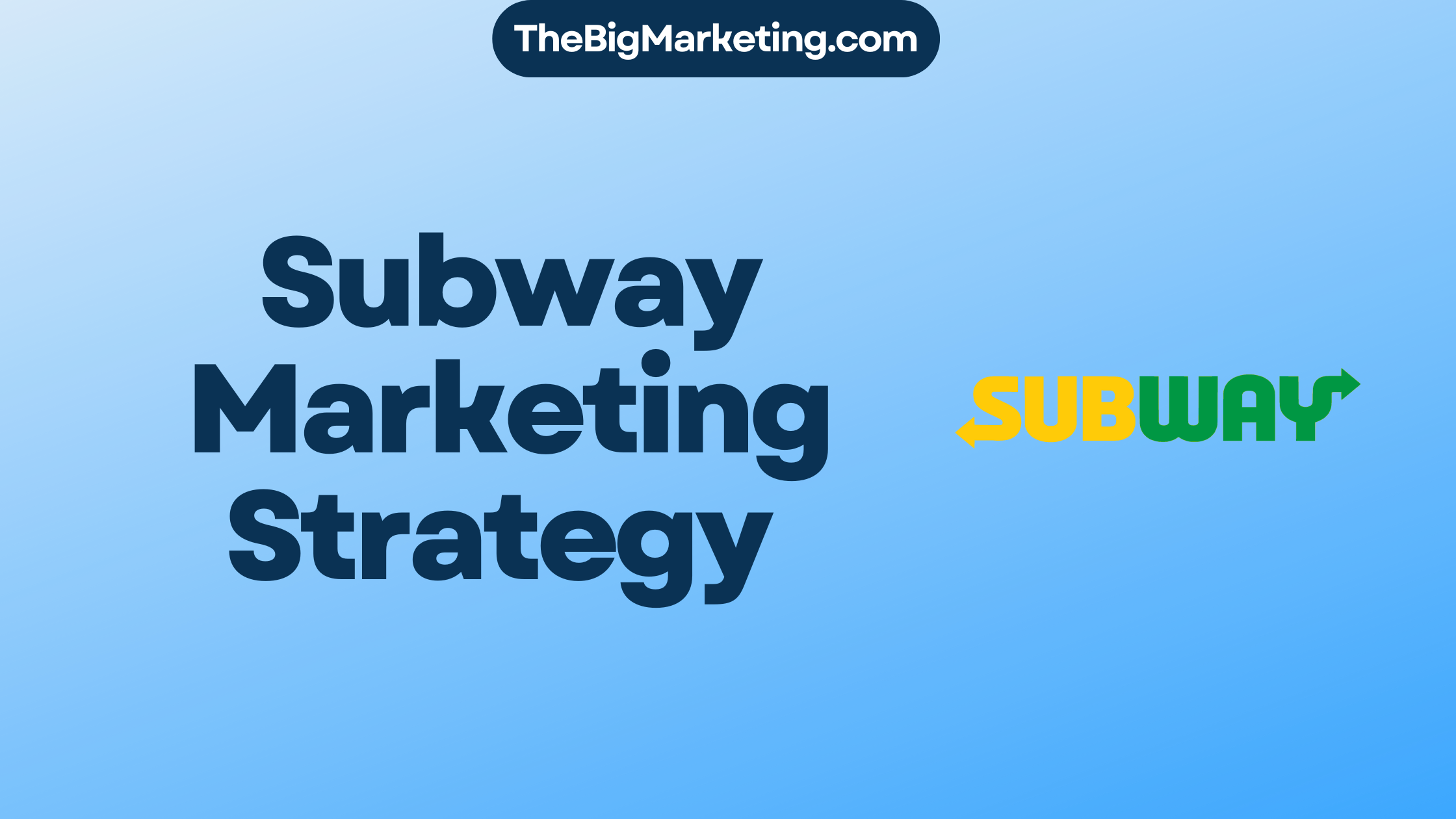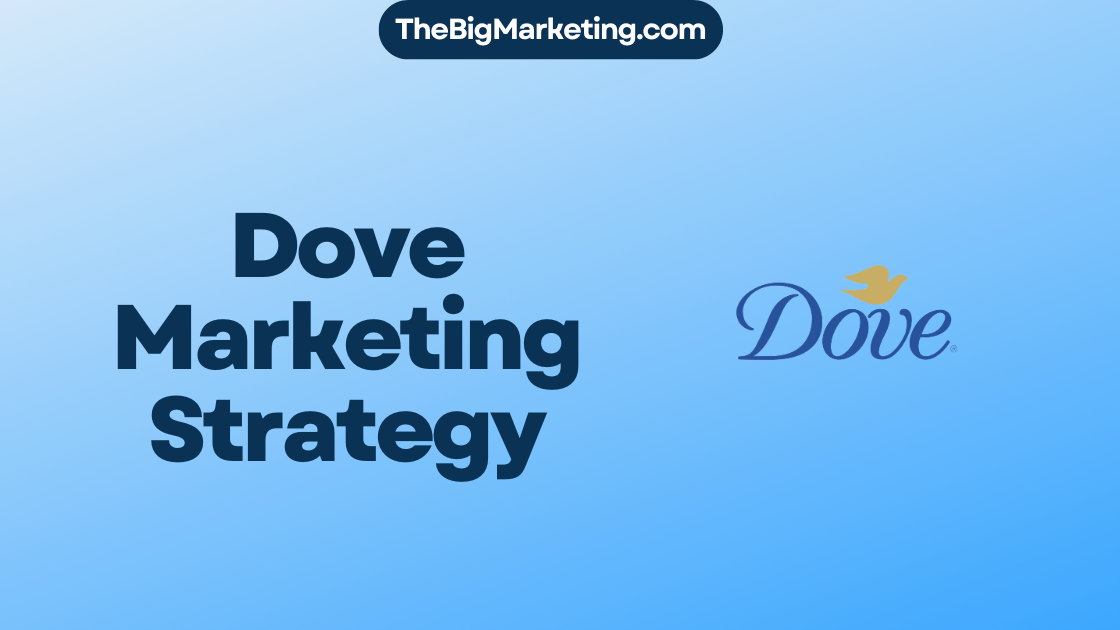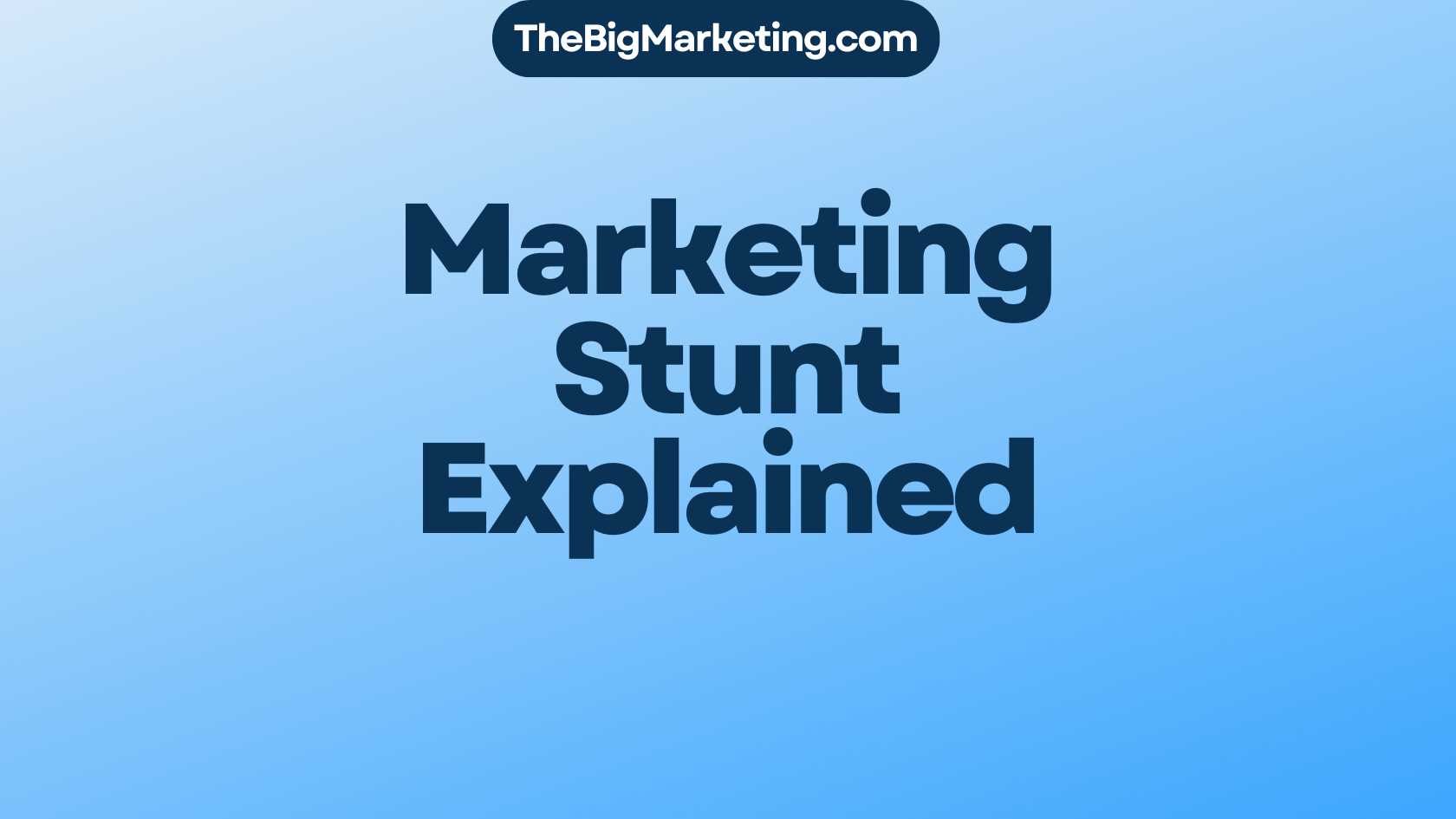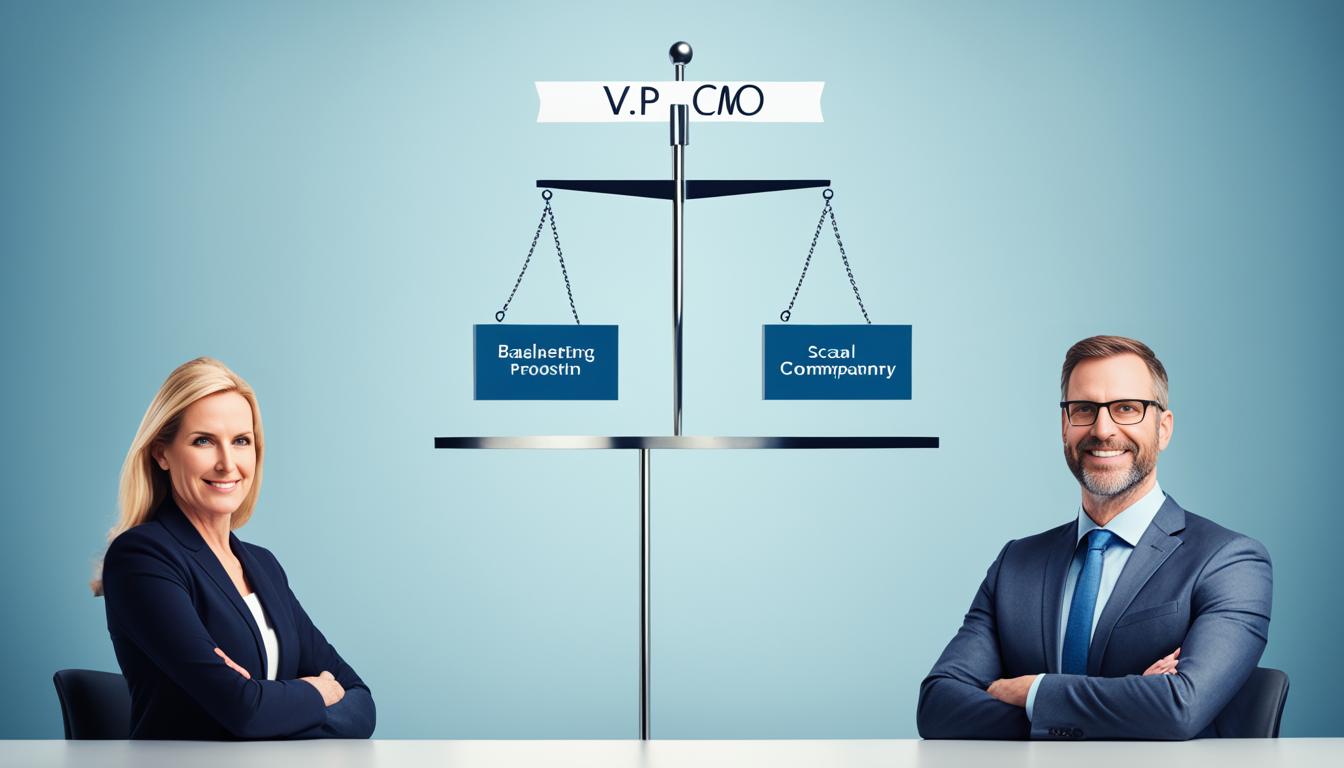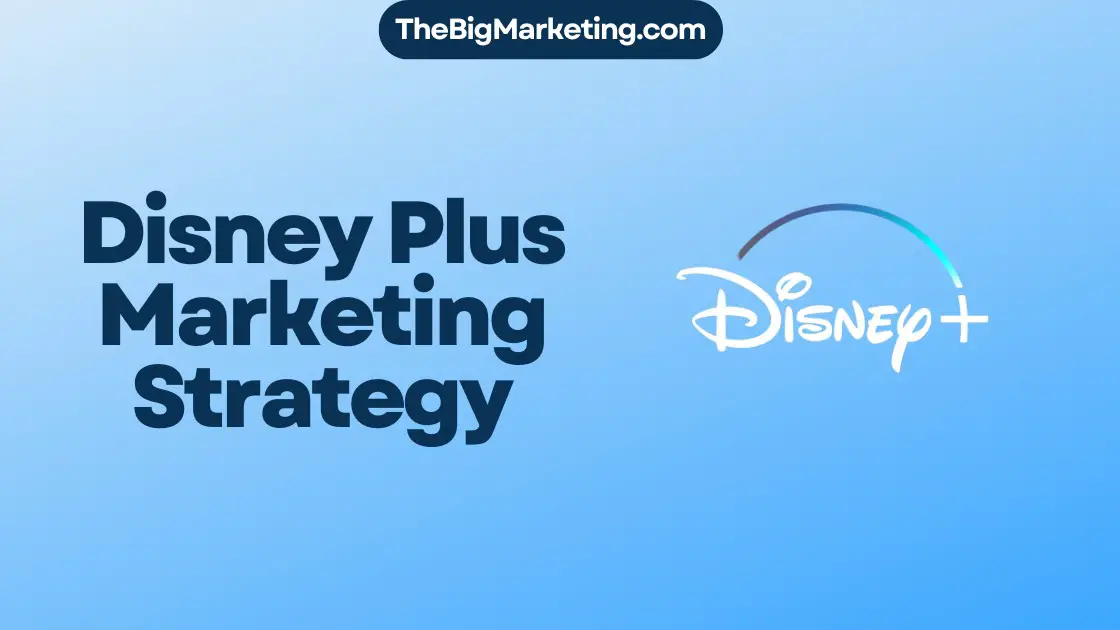This article discusses the success of the Coach Brand Marketing Strategy. We’ll take a closer look at its innovation for 2024’s competitive world.
Key Takeaways:
- Coach is known for its expertise in coaching brands and marketing strategies. They are a top brand marketing expert and consultant.
- Through digital marketing and brand management coaching, they’ve reached success in the luxury market.
- Their success story shows they can adapt and grow in a changing market.
- Coach stands out by offering high-end goods at more accessible prices compared to their rivals.
- Their growth comes from strategies like opening more stores, forming strategic partnerships, and expanding into men’s accessories.
Overview of Coach’s Rebranding Case Study
Coach, a 65-year-old luxury handbag and accessories brand, started a rebranding journey. The goal was to boost its global presence and connect with more markets. This case study looks into how Coach tackled these challenges to forge a powerful identity.
| Key Points | Description |
|---|---|
| Objective | Rebranding to increase brand presence in global and emerging markets |
| Challenges | Expanding market segmentation and adapting to evolving luxury spending geographies |
| Strategy | Overcoming obstacles through a comprehensive rebranding approach |
| Outcomes | Building a strong brand identity and increasing market share |
Situational Analysis of Coach’s Marketing Strategy
Coach competes in the luxury market where big names like Georgio Armani and Dolce & Gabana are its main rivals. They have crafted a strong marketing plan to stand out.
Coach uses a tiered distribution method. They sell through various stores across the U.S. This approach helps them reach many customers, increase their brand’s presence, and boost sales.
By focusing on accessible luxury, Coach has found its unique spot. It targets both upper and middle-class buyers. This strategy makes high-quality, fashionable items affordable. Because of this, Coach has grown its market share and boosted its revenue by 24% in eight years.
To explain Coach’s strategy better, here is a table:
| Competitors | Tiered Distribution | Accessible Luxury |
|---|---|---|
| Georgio Armani | Focuses on flagship stores and high-end retailers | Targets the upper-class market |
| Dolce & Gabana | Primarily operates through high-end department stores | Targets the upper-class market |
| Coach | Targets full-price fashion and flagship stores, factory stores, and wholesaling | Offers accessible luxury to the upper and middle-class segments |
This table shows how Coach’s strategy differs from its competitors. Unlike Georgio Armani and Dolce & Gabana, Coach targets a wider audience. It offers high-end products at more accessible prices to different consumers.
Coach’s marketing approach has led to increased sales and customer attraction. By using its tiered distribution and focusing on accessible luxury, Coach is viewed as a leading, reliable luxury brand.
Key Challenges and Core Elements of Coach’s Marketing Strategy
Coach had several marketing hurdles to overcome. These included a weak global presence, unpredictable luxury market trends, and needing a growth plan that protected their brand. They also aimed to broaden their range beyond just women’s accessories, appealing to various customers.
The Challenges
Coach’s main issue was its limited global footprint. In a crowded market, reaching out to new regions was vital to grow and boost its market share. For this, a well-planned market entry strategy, fit for each new market’s needs, was necessary.
Next, Coach dealt with the unpredictable luxury goods market. Economic changes and shifts in what consumers wanted posed risks to profits and sales. A marketing plan capable of handling these uncertainties was needed for stability and growth.
Lastly, as Coach expanded its product range and targeted new clients, keeping true to its brand was a challenge. The goal was to innovate while preserving the brand’s core values and look. This was key in their marketing approach.
The Core Elements
To tackle these issues, Coach introduced several strategy elements:
- Global and Emerging Markets: Coach worked on entering global and emerging markets with extensive research and customized products for local tastes.
- Market Volatility Navigation: With smart forecasting and risk management, Coach set strategies to lessen the effects of market changes. They kept a close watch on trends, consumer behaviors, and economic factors to make wise decisions and keep the business steady.
- Growth Model Alignment: Coach aimed to expand its products beyond women’s accessories to reach more customers. They made sure this growth didn’t clash with their brand’s identity and reputation. Their product development and branding efforts were carefully done to balance expansion and brand consistency.
By tackling these challenges and weaving key elements into their marketing plan, Coach managed to excel in a competitive field.
Evaluation and Proposed Solutions for Coach’s Marketing Strategy
Coach has reviewed its marketing plan and found areas to improve. They plan to make their brand more visible, reach more people, and work more efficiently. These changes will help them face their challenges better.
Store Expansion
Coach wants to open more stores at home and abroad. They aim to attract new customers by being in more places. New flagship stores and exploring emerging markets are part of this plan.
Strategic Partnerships
Coach is looking to team up with other brands or designers. These partnerships can help both sides by expanding what they offer and reaching more people. Coach believes this will boost their sales and make more people know their brand.
Men’s Accessories and Luggage Expansion
Coach sees a big chance in the men’s accessories market. They want to offer more items like wallets, belts, and small leather goods for men. They also plan to grow their luggage line to attract travelers who love luxury.
Aggressive Marketing Campaigns
Coach plans to run big marketing campaigns to make more people aware of their brand. They’ll use digital platforms, print media, and work with influencers. Their goal is to stand out from others and keep their market presence strong.
Operations Initiatives
To back up their growth plans and make sure they work efficiently, Coach has some initiatives. These include making their supply chain better, smoothing out their internal processes, and using technology to boost productivity. Improving how they operate will help them grow their business and keep the quality high.
Coach’s review of their marketing and these solutions aim for growth and success in the luxury market. With plans for more stores, new partnerships, expanding their men’s line, bold marketing, and improving operations, Coach is ready to overcome challenges and grow in the future.
Branding and Positioning in Coach’s Marketing Strategy
Coach knew branding and positioning were key for leading in the luxury market. They worked on brand awareness, values, logo, voice, and being consistent. This helped them stand out and strengthen their market presence.
Brand awareness was vital for Coach, helping them reach more people. They focused on their unique values, matching their target market’s wants. By being consistent across all channels, Coach built a brand identity based on authenticity and purpose.
Coach also made a unique logo to represent their brand. This logo was not just stylish but showed Coach’s core values. It became a symbol that people recognized and trusted, boosting Coach’s market position.
Another focus was on having a consistent brand voice. They wanted their messages to fit what their audience liked. This helped build trust and loyalty. Customers could see Coach’s values and personality in every interaction.
Consistency was key in Coach’s marketing strategy. Whether in ads or in stores, they ensured everything matched their brand values. This consistency improved recognition and showed reliability, making Coach a trusted luxury brand.
Overall, Coach’s branding and positioning have played a huge role in their success. Focusing on brand awareness, values, logo, voice, and consistency has made them stand out in the luxury goods market.
Content Marketing in Coach’s Marketing Strategy
Coach, a luxury goods leader, uses content marketing in its strategy. This approach helps engage its audience and positions Coach as an industry leader. It uses different tactics to share knowledge, attract leads, and build a strong online presence.
Blogging: Sharing Valuable Insights
One key tactic is blogging. Coach keeps an active blog with insights, trends, fashion tips, and news. High-quality posts help Coach engage its audience and become an authority in the luxury goods sector.
Videos: Showcasing Product Features and Inspirational Content
Coach also makes videos for its content marketing. These videos show product details, styling tips, and brand insights. With attractive and informative videos, Coach connects deeper with its audience and boosts brand awareness.
Whitepapers and eBooks: Demonstrating Expertise
Besides, Coach creates whitepapers and eBooks. These delve into insights, trends, and consumer behavior in luxury goods. Offering valuable content, Coach builds trust with its audience and leads the industry.
Flyers: Targeted Promotions and Offers
Not just digital, Coach uses printed flyers too. Distributed at events and stores, they promote products and special offers. Through flyers, Coach reaches more people and drives engagement both online and offline.
Webinars: Educational and Interactive Sessions
Coach organizes webinars for education and interaction. Topics include fashion trends and styling tips. Through webinars, Coach directly connects with its audience, answering questions and strengthening connections with potential customers.
| Content Marketing Tactics | Description |
|---|---|
| Blogging | Regularly publishing blog posts on industry insights, fashion tips, and news |
| Videos | Creating visually appealing videos showcasing product features and inspirational content |
| Whitepapers and eBooks | Producing in-depth resources demonstrating expertise in the luxury goods market |
| Flyers | Distributing printed flyers with targeted promotions and offers |
| Webinars | Conducting educational and interactive sessions to engage with the audience |
Social Media Marketing in Coach’s Marketing Strategy
Coach knows how crucial social media is nowadays. They use platforms like Facebook, Instagram, Pinterest, YouTube, Twitter, and LinkedIn. This way, Coach connects well with their audience.
Facebook helps Coach reach lots of users. They engage users with posts, content, and ads. This platform is great for promoting their brand and building strong relationships.
Instagram is perfect for sharing beautiful pictures of new products and fashion highlights. Coach uses Stories, Reels, and IGTV for a deeper connection. This builds loyalty and boosts sales.
On Pinterest, Coach shows off their products with amazing pins and boards. They offer fashion advice and style guides. Users love saving and sharing their favorite finds.
YouTube is essential for Coach’s marketing. They share videos of fashion shows, unboxings, and tips. YouTube helps them reach more people and bring them to their site.
Twitter lets Coach share updates and chat with followers. By using hashtags and trends, they join in on discussions. This helps strengthen their brand and build a community.
LinkedIn is key for reaching professionals. Coach shares their expertise and connects with clients and partners there. They use LinkedIn to grow their reach and show they’re marketing experts.
Coach’s strategy shows their dedication to connecting with people online. They smartly use each platform’s features. This helps them promote their services, raise brand awareness, and form meaningful connections.
| Social Media Platform | Key Features | Utilization by Coach |
|---|---|---|
| Broad user base and targeted advertising | Brand promotion and customer engagement | |
| Visual storytelling and immersive experience | Showcasing products, fashion trends, and behind-the-scenes glimpses | |
| Inspiration and discovery through visually stunning pins | Curated collections, fashion tips, and style guides | |
| YouTube | Video content sharing and engagement | Fashion shows, unboxings, styling tips, and customer testimonials |
| Real-time updates and community engagement | Sharing news, participating in discussions, and strengthening brand voice | |
| Professional networking and thought leadership | Industry insights, connecting with clients, and establishing expertise |
Networking and Client Testimonials in Coach’s Marketing Strategy
Networking is key in Coach’s brand marketing plan. They know the value of growing their client list. Coach used their network and looked for new people in various fields.
They attended events, conferences, and seminars. This helped Coach make valuable connections, form partnerships, and boost market visibility.
Client testimonials showed how Coach’s services had a big impact. These stories acted as proof of Coach’s effective strategies. They built trust by sharing past clients’ success stories.
Coach also used case studies to show off their work. These studies showed the challenges clients faced and how Coach helped. It gave clear examples of what could be achieved with Coach’s help.
By mixing networking and client stories, Coach built a strong name for themselves. They became known as trusted experts. This made new clients feel good about choosing Coach.
The Power of Social Proof
Social proof affects our decisions by showing others have succeeded before us. Testimonials are strong social proof for Coach’s work. They not only build trust but prove Coach’s skill, making it easier for new clients to choose them.
Conclusion
Coach’s marketing strategy stands out in the luxury goods world. Their makeover and push into new markets have paved the way for big achievements. They have also tapped into the power of social media to reach more people effectively.
By focusing on connecting with customers, Coach has built a trusted name. This trust has been key in their growth and staying power. The creative steps Coach has taken clearly set them apart from the competition. Their high-quality offerings have helped them win loyal customers.
This strategy is not just good for Coach but offers lessons for others too. Their mix of rebranding, global growth, and online engagement has been a winning formula. As trends change, Coach remains ready to lead and innovate, always aiming to give customers something special.
